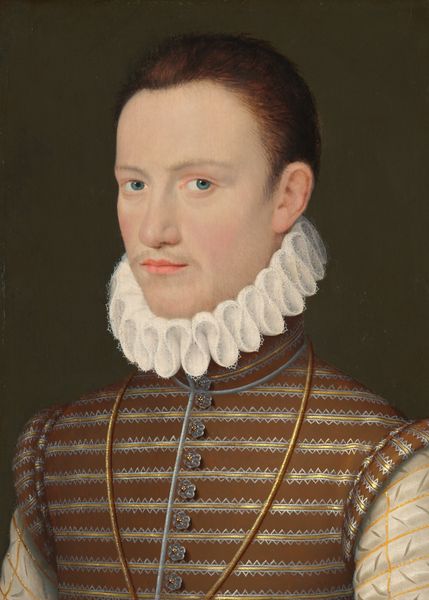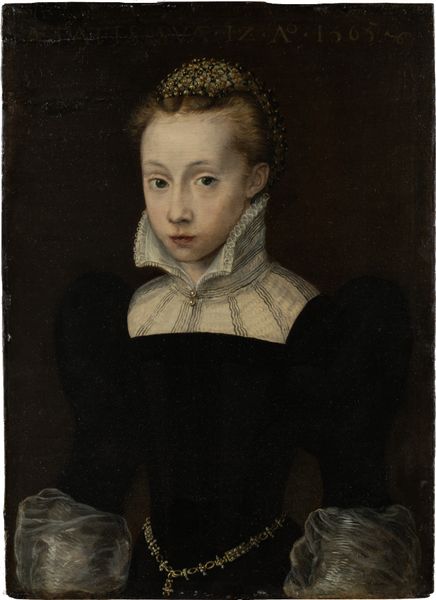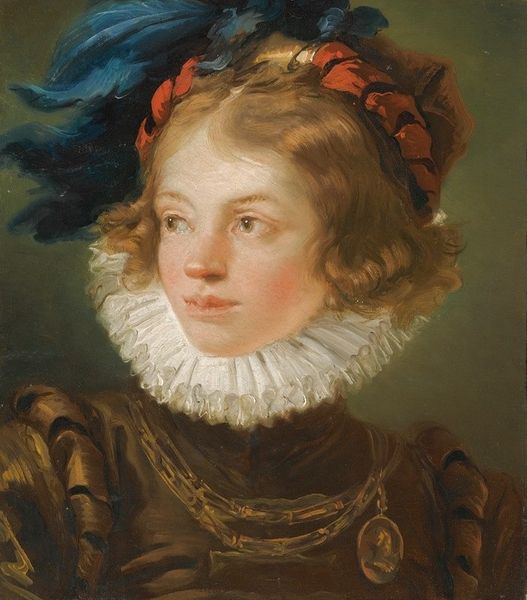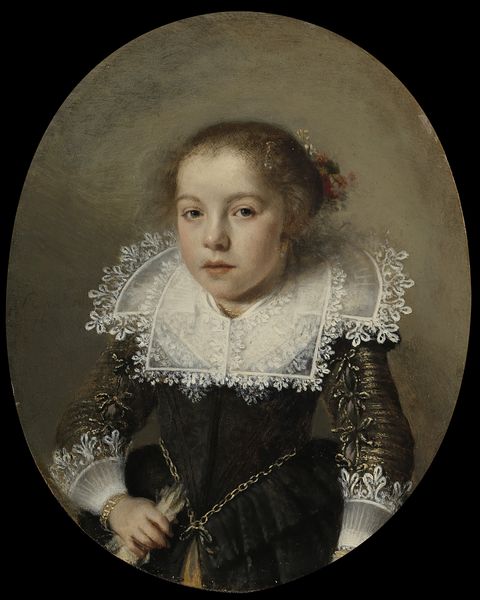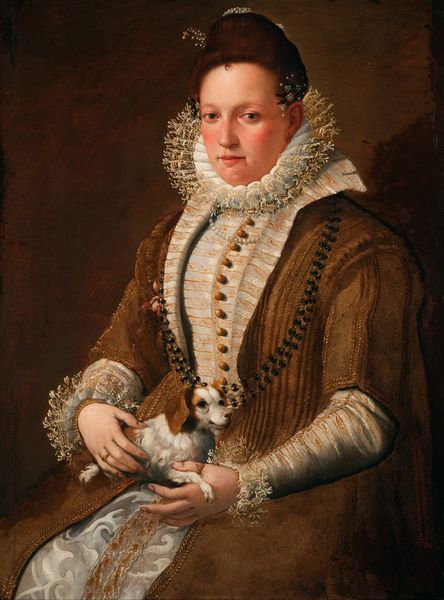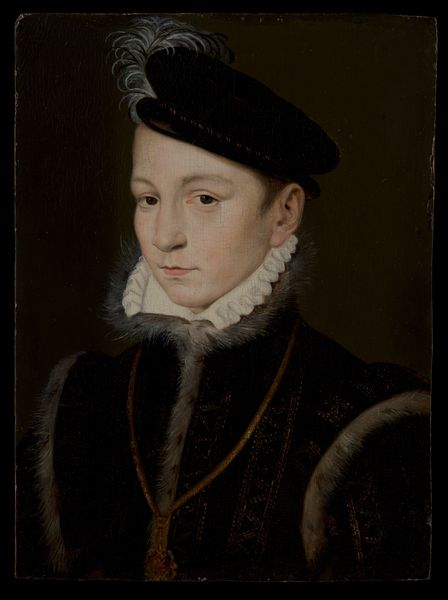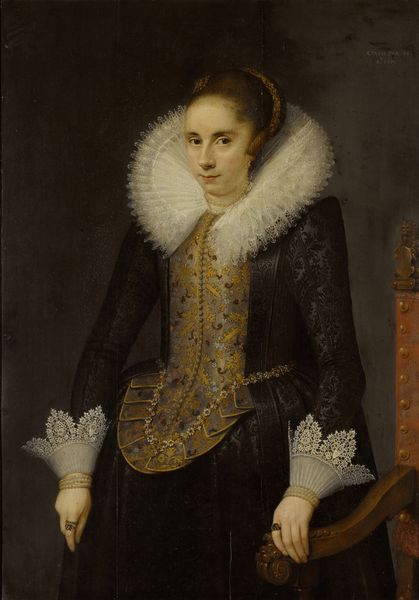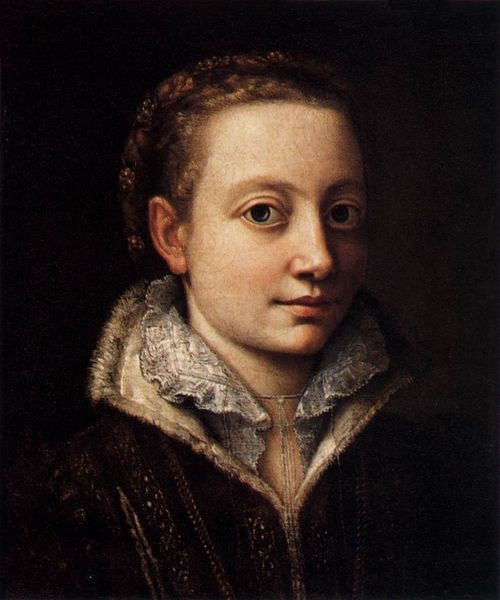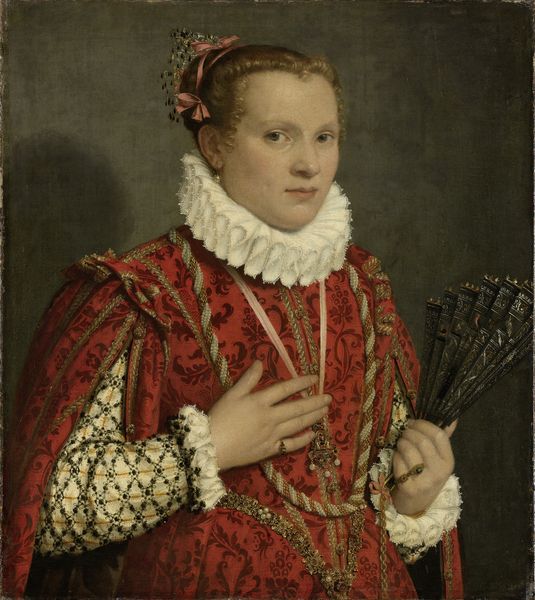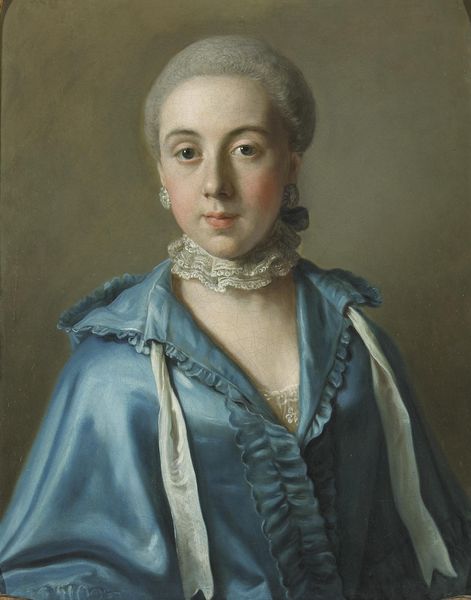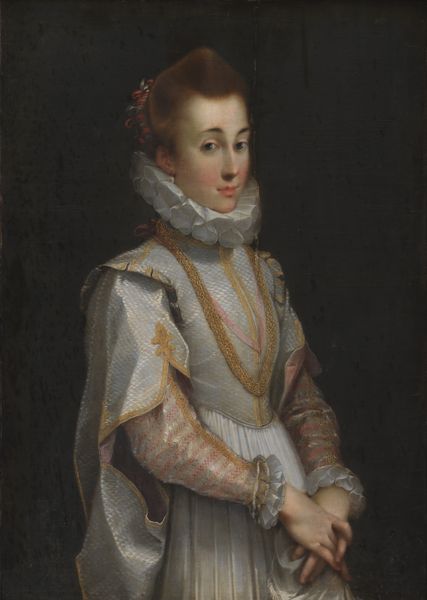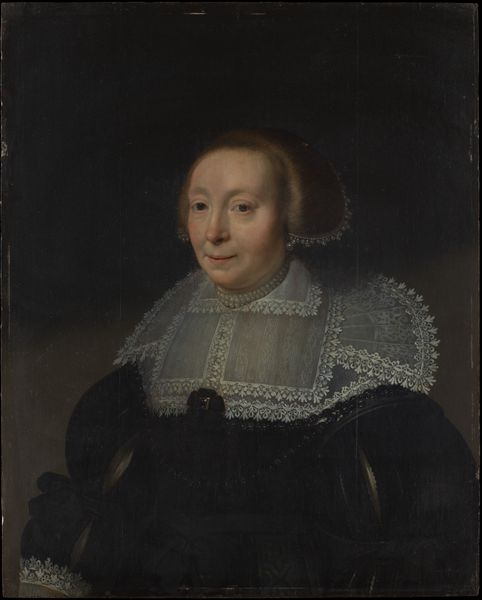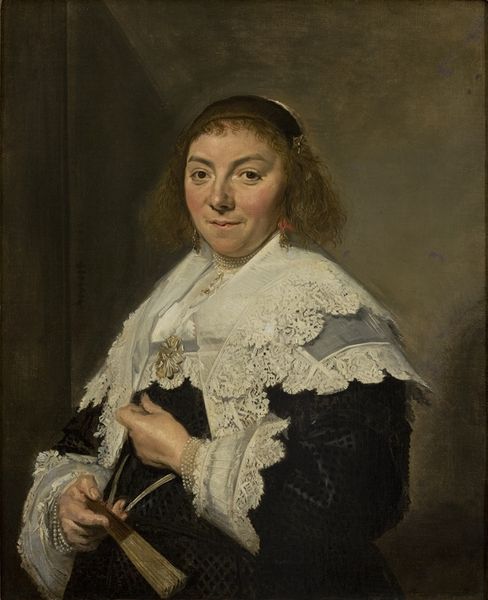
painting, oil-paint
#
portrait
#
painting
#
oil-paint
#
mannerism
#
figuration
#
history-painting
Dimensions: 40.3 × 27.6 cm (15 7/8 × 10 7/8 in.) Painted surface: 39.4 × 27 cm (15 11/16 × 10 3/4 in.)
Copyright: Public Domain
Editor: So, this is Alonso Sánchez Coello's "Portrait of Don Juan of Austria" from around 1559 to 1560. It's an oil painting and, wow, he looks so young yet his expression feels incredibly serious and formal. How should we be interpreting a portrait like this? Curator: Well, considering its context is key. This wasn’t just a portrait; it was a political statement. Images of royalty and nobility circulated widely, projecting power and solidifying social hierarchies. Ask yourself, who was Don Juan of Austria, and what was Coello trying to convey to his audience? Editor: Right, Don Juan was the illegitimate son of Charles V, so his image would have been carefully managed. Is that why the clothes are so opulent? Curator: Exactly. The lavish clothing signifies his status and connects him to the Imperial court. The Mannerist style, with its elegance and attention to detail, also reinforced the sophistication and power associated with the Spanish monarchy. Do you see any element that goes against this display of power? Editor: Hmmm, I don't know. Maybe the softness of his gaze? Or his youth? Curator: Precisely. There's a vulnerability there. This piece reminds us that portraits, particularly those of powerful figures, were carefully constructed narratives. The image exists within a socio-political structure where appearances mattered enormously. Editor: It’s interesting to see how the artist balanced projecting power with representing a person, a very young person, after all. So much more than just capturing a likeness. Curator: Precisely. Now, considering the circulation of images within the royal court, how might this portrait have been interpreted by different viewers then, compared to us viewing it in a museum today? That difference is vital.
Comments
No comments
Be the first to comment and join the conversation on the ultimate creative platform.
